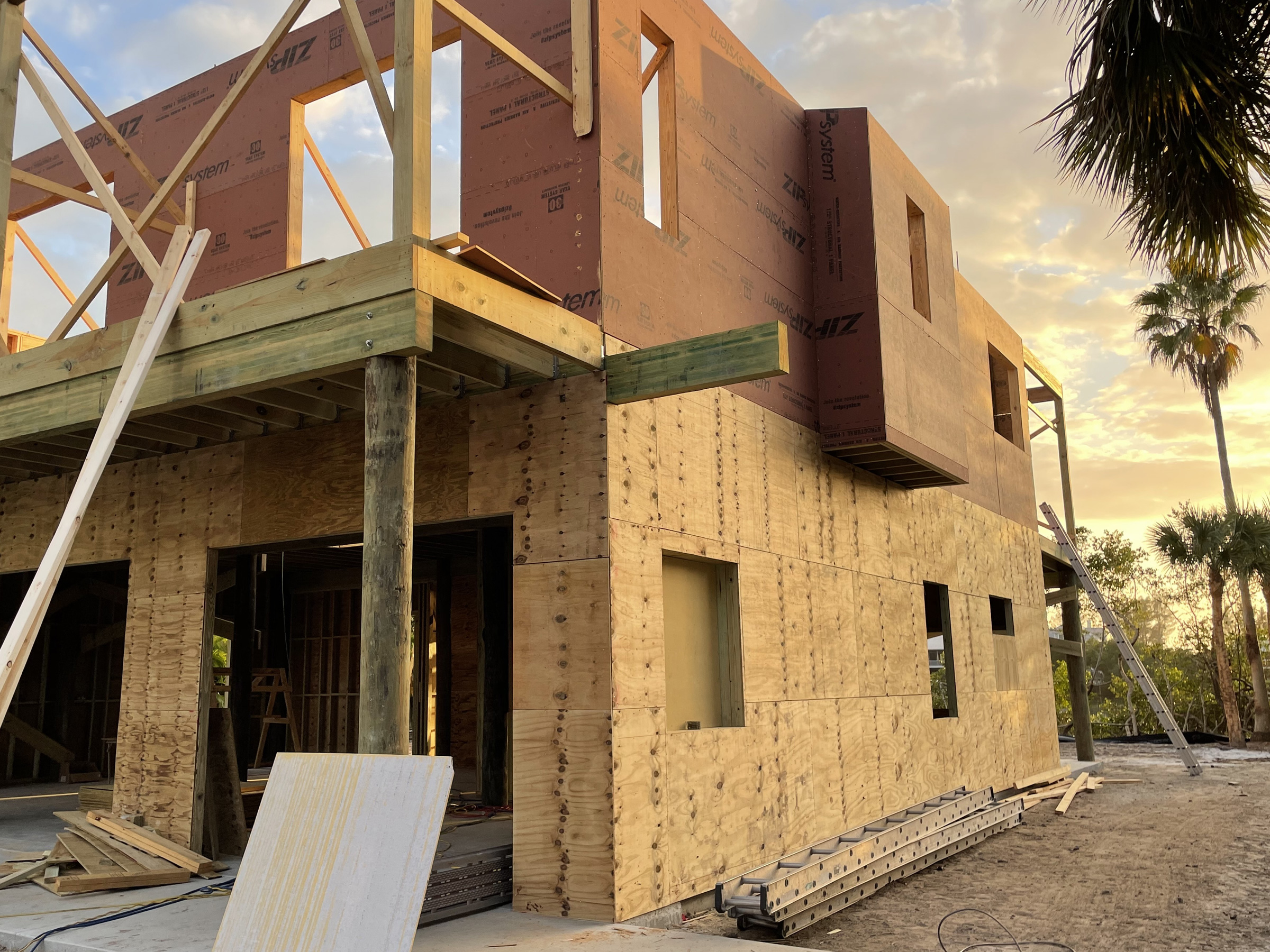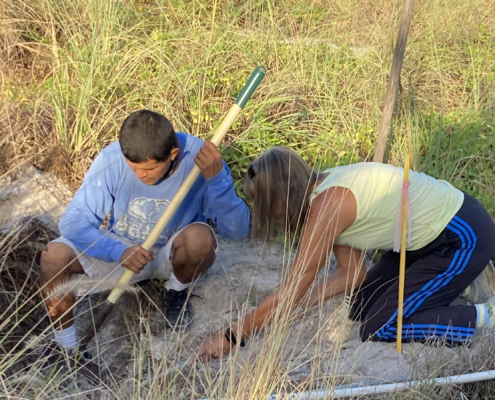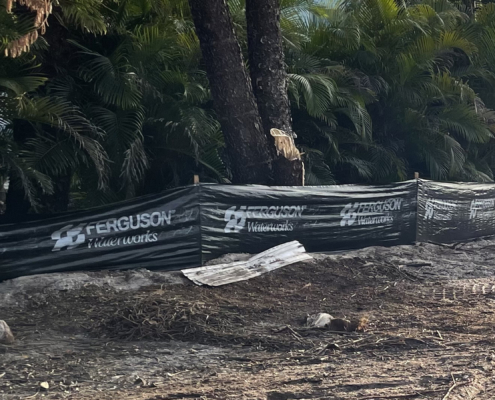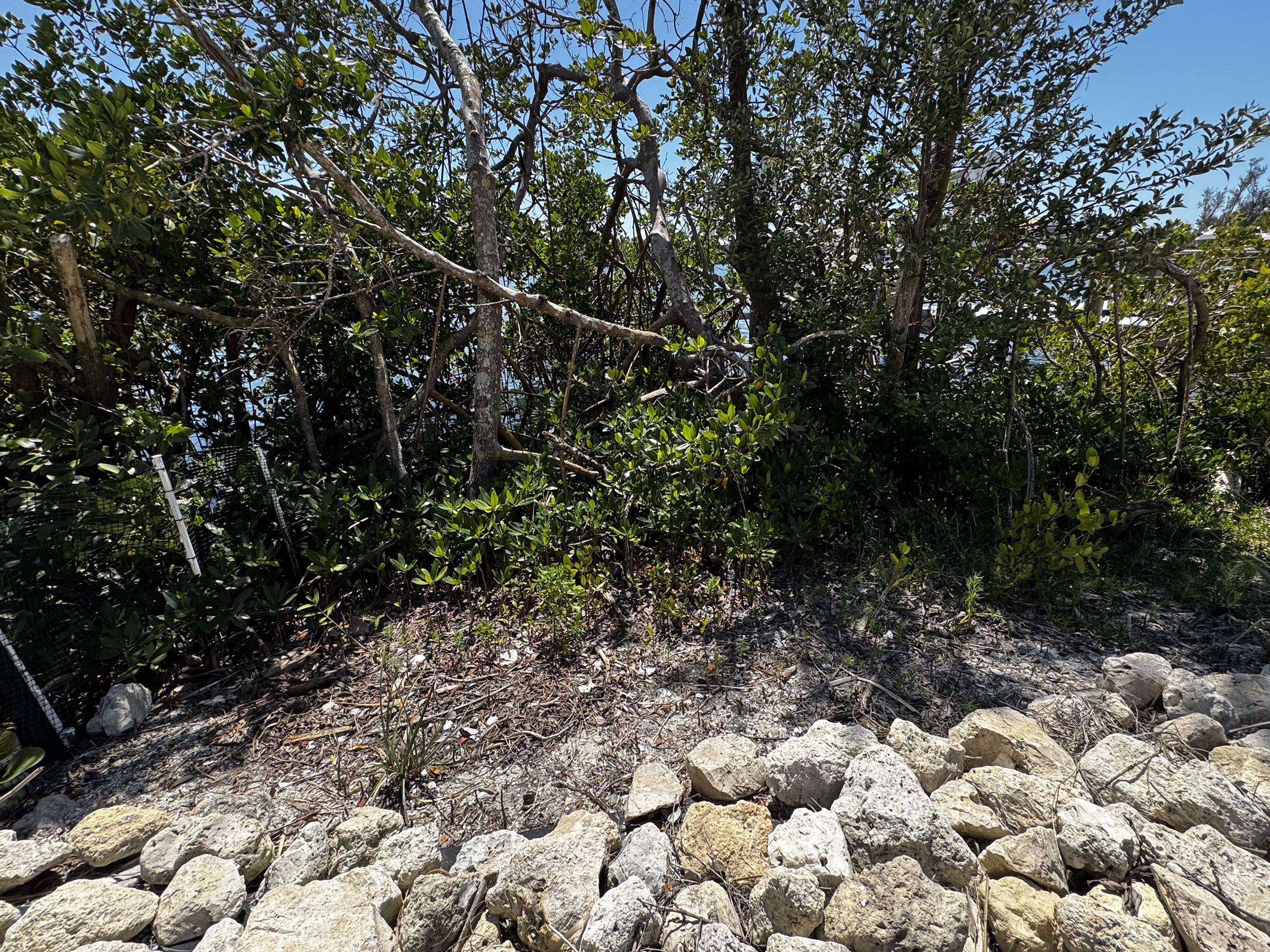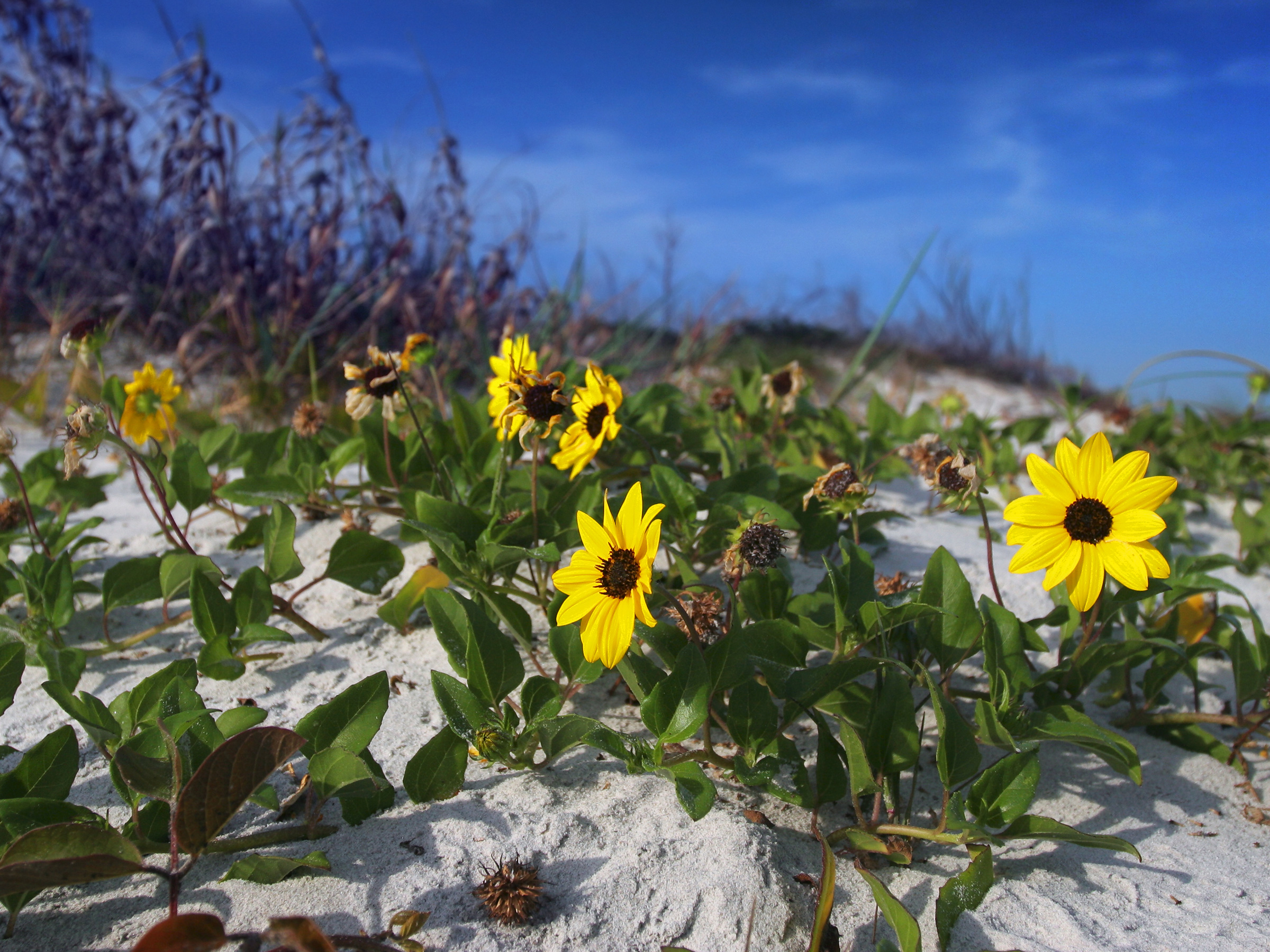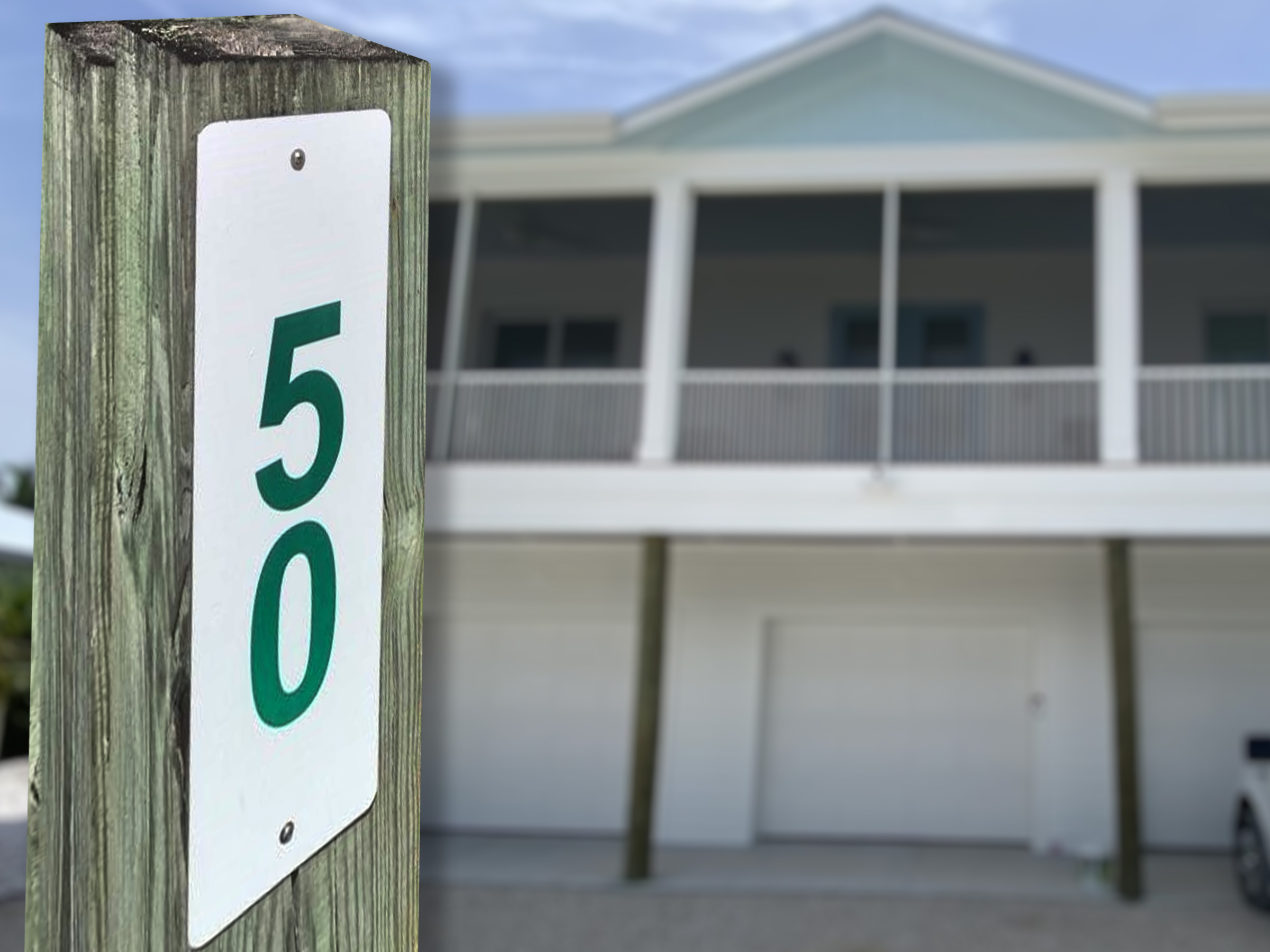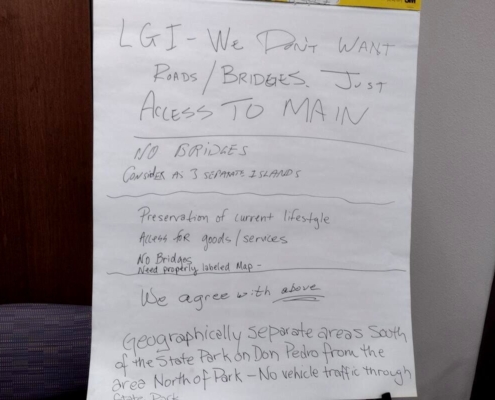Building an Eco-Friendly Dock: What You Need to Know
Are you considering constructing an environmentally friendly boat dock? Not only is it a feasible option, but it could also enhance your property value, provide lasting durability, and, most importantly, help protect the beautiful waters your family enjoys!
Understanding Dock Regulations
Before you start your project, it’s critical to understand that building a dock requires proper permits. Homeowners in Charlotte County, Florida, must consult with local authorities and the Department of Environmental Protection (DEP) to ensure compliance with all regulations. These permits are necessary for safeguarding the unique ecosystems within our intercoastal waterways and may include specific guidelines regarding materials, construction methods, and spacing requirements.
The Impact of Traditional Materials
Historically, dock pilings have been constructed from marine treated lumber (pressure-treated wood), which is often treated with copper, chromium, and arsenic (CCA). These heavy metals can be toxic to marine life and pose a threat to the aquatic food web. While newer alternatives, such as ACQ and ACZA-treated woods, are less harmful, concerns about copper leaching in poorly flushed waters persist.
Eco-Friendly Alternatives
To reduce pollution and promote sustainability, consider using alternative materials such as concrete, recycled plastic, or plastic composites for your dock. Concrete is a durable option that is inert, supporting the growth of marine organisms on its surface. Recycled plastics are non-toxic and help decrease waste in the environment. Additionally, covering existing pilings with an impermeable, flexible PVC sleeve—extending from six inches below the “mud line” to several inches above the seasonal high water line—can enhance protection while minimizing ecological disruption.
Choosing the Right Decking
When selecting decking materials for your dock, consider options like plastic, fiberglass grid, or concrete. Each material comes with its advantages: plastic decking is low-maintenance and long-lasting, while fiberglass grid allows sunlight to penetrate, encouraging healthy seagrass growth underneath. Proper spacing between planks is essential; while regulations may vary, maintaining a 1-inch gap is commonly recommended to facilitate photosynthesis and support marine habitats. For elevated access piers, aim for a height of at least five feet above the mean high water line to maximize light availability for underwater ecosystems.
In summary, constructing an environmentally friendly dock requires careful planning and adherence to regulations. By working closely with local authorities and choosing sustainable materials, you can create a beautiful waterfront space that benefits both your family and the environment!
